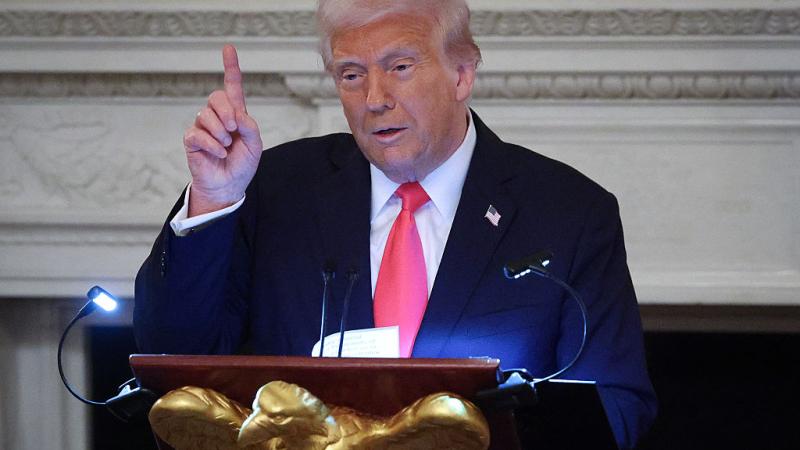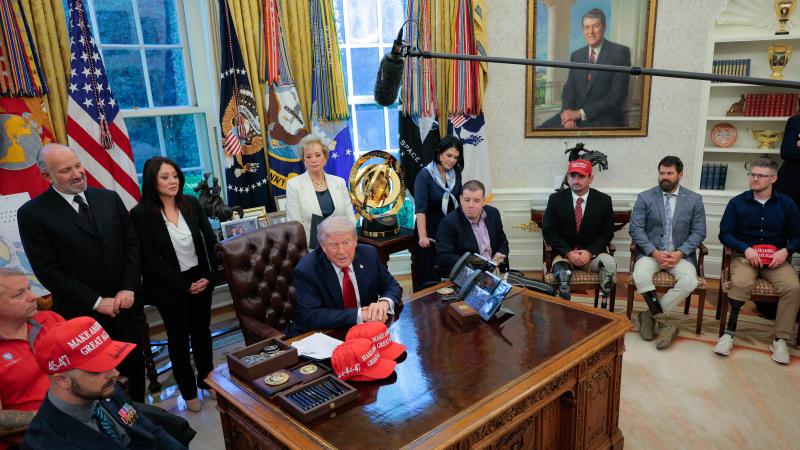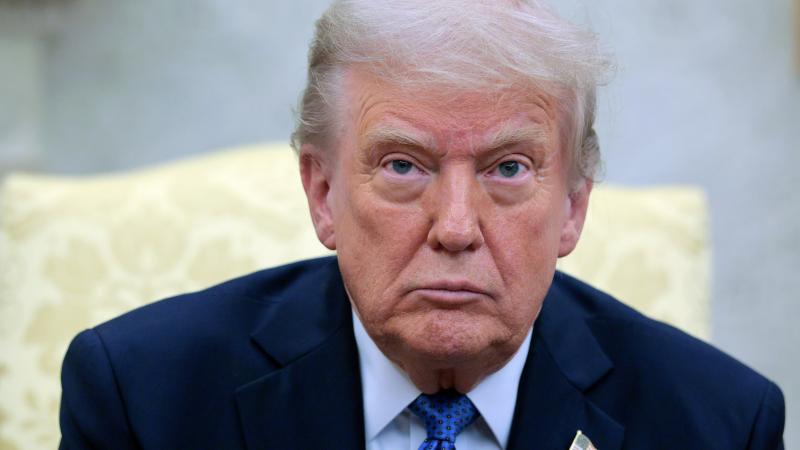Polling: Measuring opinion ... or shaping it?
Four years after missing Trump's election, pollsters failed to forecast Dems' Super Tuesday winner
It was not long before Super Tuesday that pundits widely declared the candidacy of Democrat Joe Biden to be dead.
“He should just throw in the towel,” concluded many analysts.
“It will be between Bloomberg and Bernie,” said others.
But Biden pulled off a big Super Tuesday win.
Four years after the media widely missed Trump’s election, little seems to have changed. Every time there seems to be a polling miss, a theme emerges. “It was not the fault of the polls.” Or “The polls were actually right” … (It’s just that they predicted the wrong results.)
Part of the problem with Super Tuesday was that three other Democrats dropped out just before the election. Polls that had been conducted with their name in the mix became instantly moot, but were still widely cited.
Another big issue that could throw off matters in 2020 is the makeup of who is interviewed in polls. I learned through analysis in 2016 that most campaign polls interviewed more Democrats than Republicans. The reasoning was that more of the population identified as Democrats. The problem is that the results were never reported with that important context.
Oversimplifying to make a point: If a poll in 2016 found 60% of people voting for Hillary Clinton and 40% for Trump, that sounds bad for Trump. But what if you were to learn that 70% of the poll’s sample were Democrats? Suddenly, that 60% for Clinton does not look so good, and Trump may actually on top.
Adding to the mix is the fact that party identification in America has recently flipped. According to Gallup, more Americans now say they identify as Republicans (30%) than Democrats (29%).
Does that mean that, under their own rationale, polls are now interviewing more Republicans than Democrats?
Apparently not.
A recent Fox News poll found Bernie Sanders would beat Donald Trump by 7 percentage points. But digging into the statistics revealed that the poll interviewed 9 percentage points more Democrats (50%) than Republicans (41%). Therefore, isn’t the real headline quite different? It should have said “Sanders only beat Trump by 7 percentage points in a poll that sampled 9 percentage points more Democrats!” Logically, had the poll interviewed an equal number of Democrats and Republicans, or more Republicans (under the typical rationale that more Americans now identify as Republicans), Trump would likely have come out on top.
The reason there is not more accurate analysis and reporting of polls has to do with the effort by many to use polls to shape public opinion rather than measure it.
Listen to the latest episode of The Sharyl Attkisson Podcast for analysis, facts and figures when it comes to polling questions in 2016 compared to 2020.
















